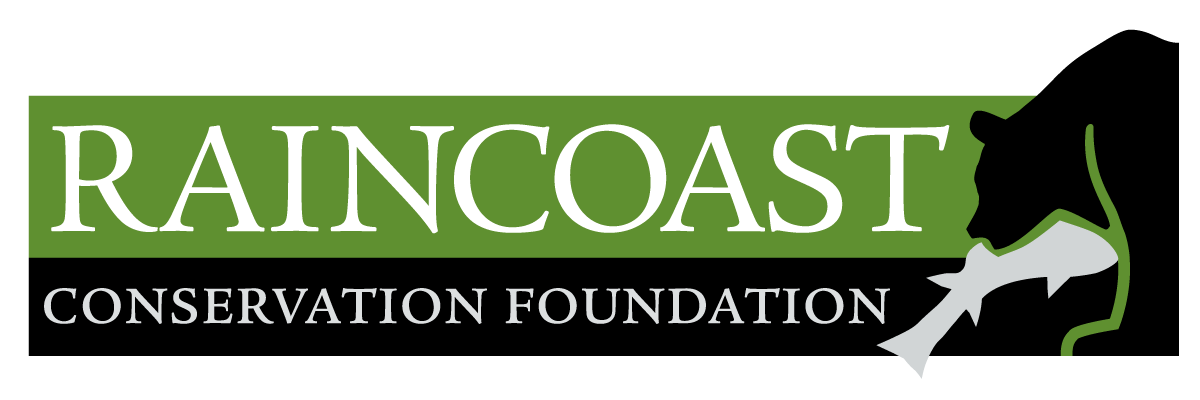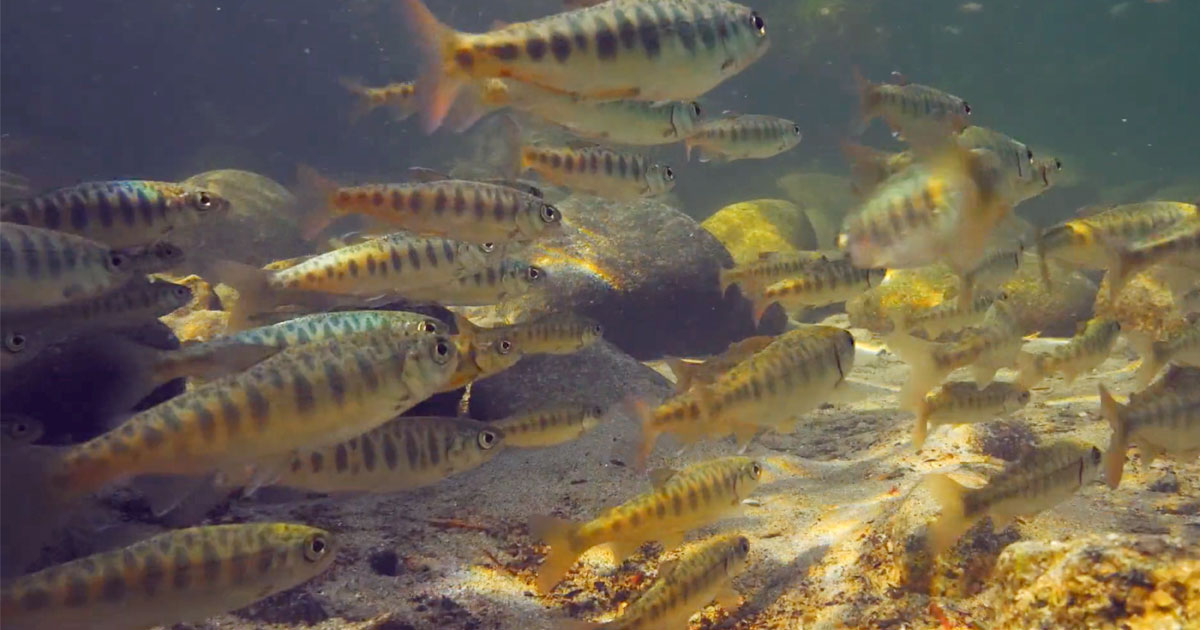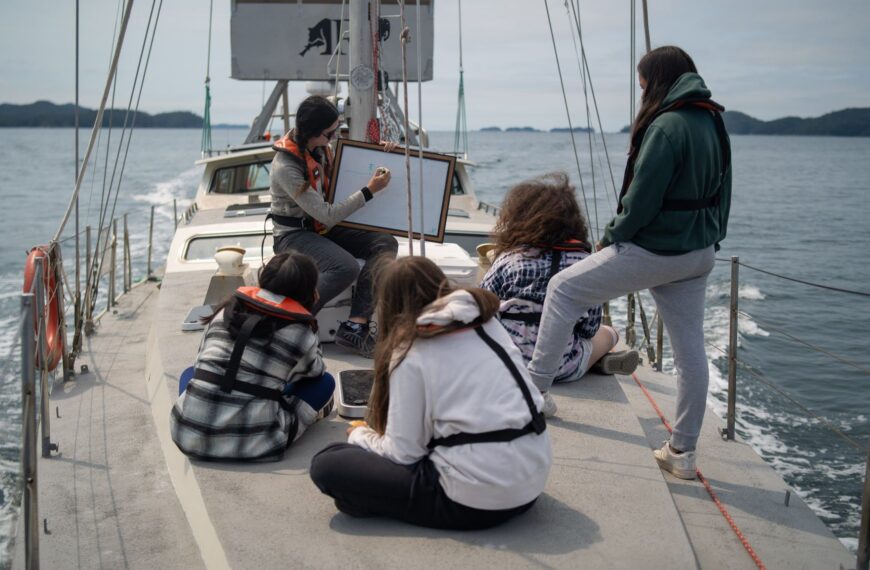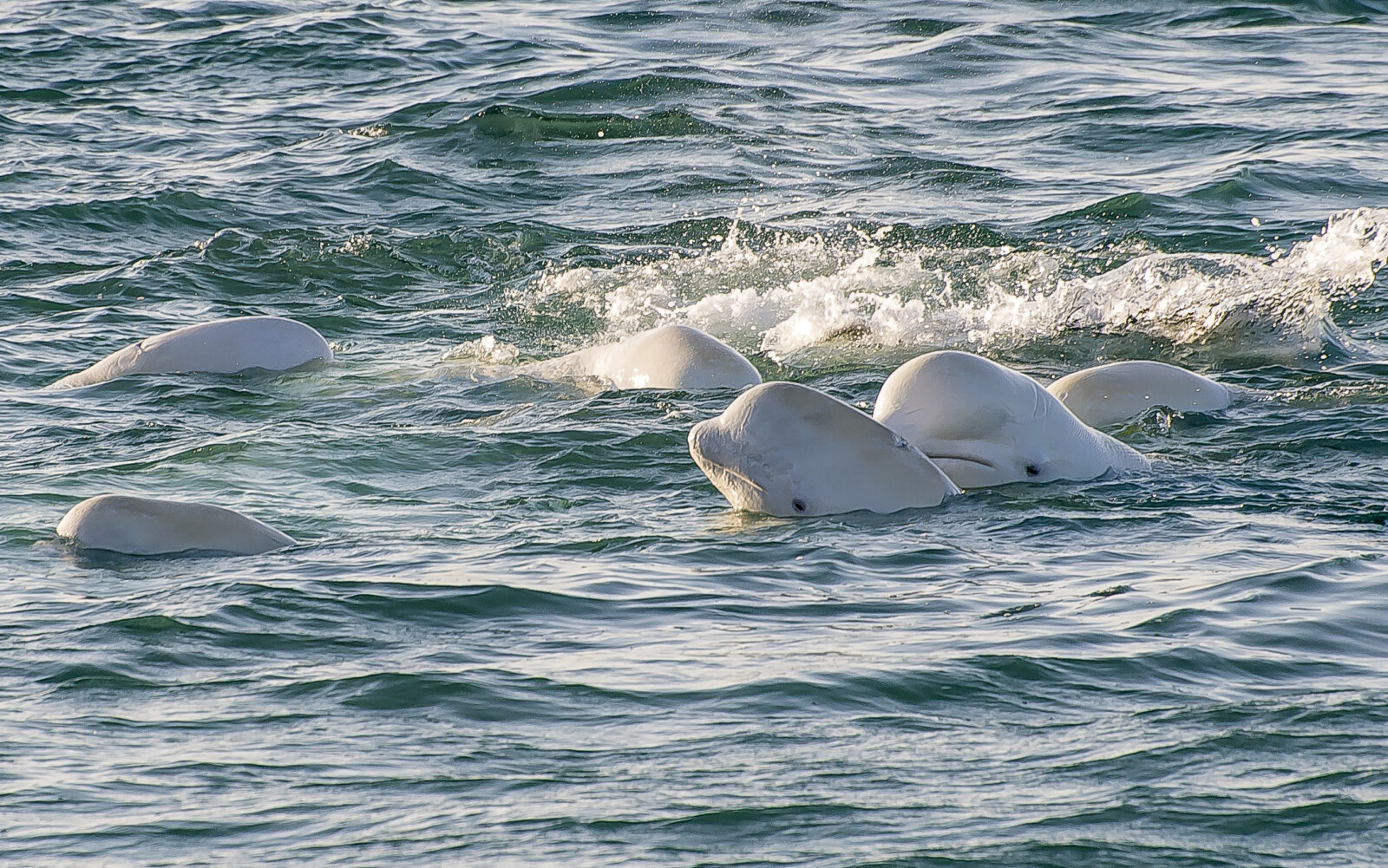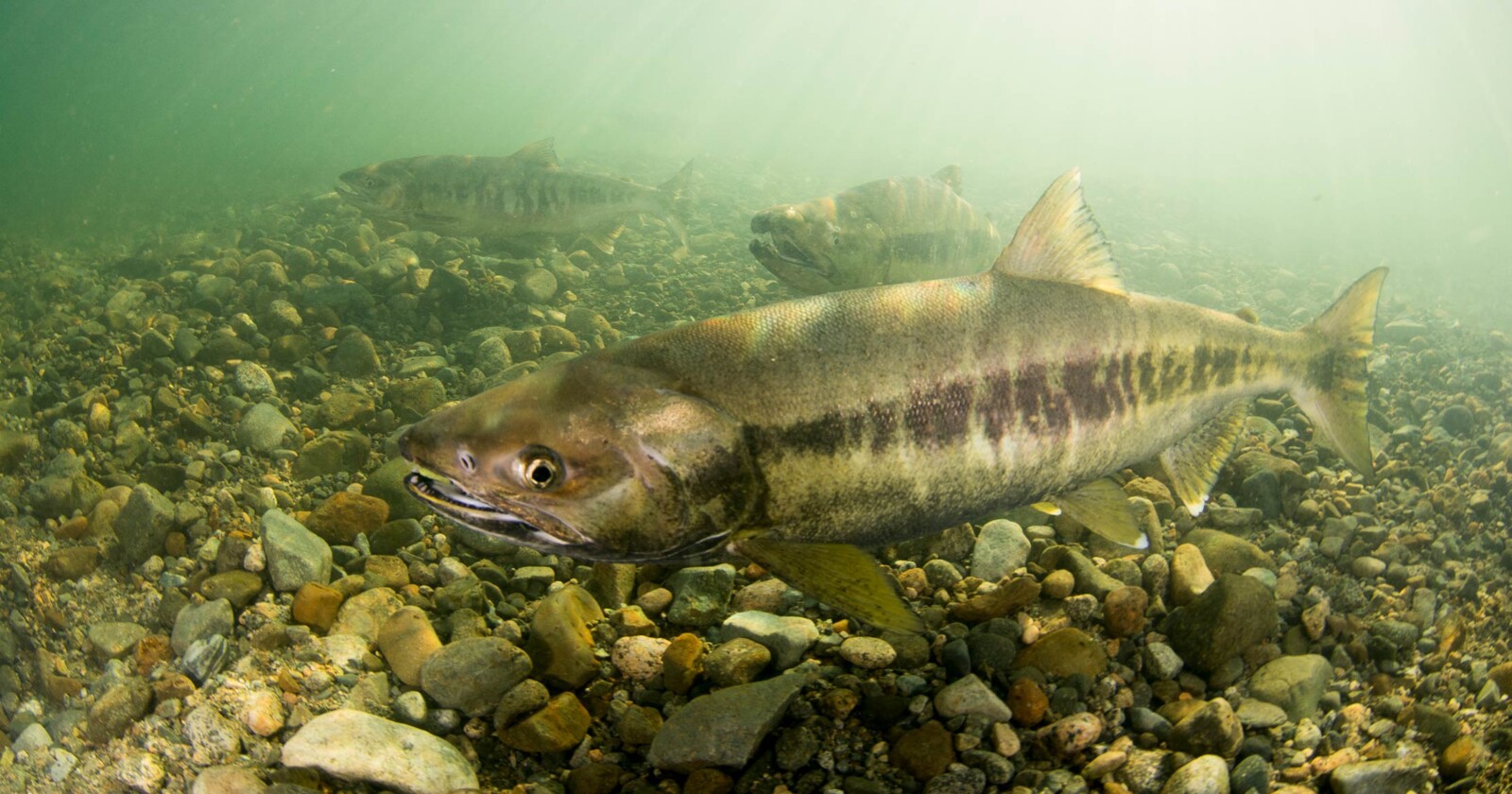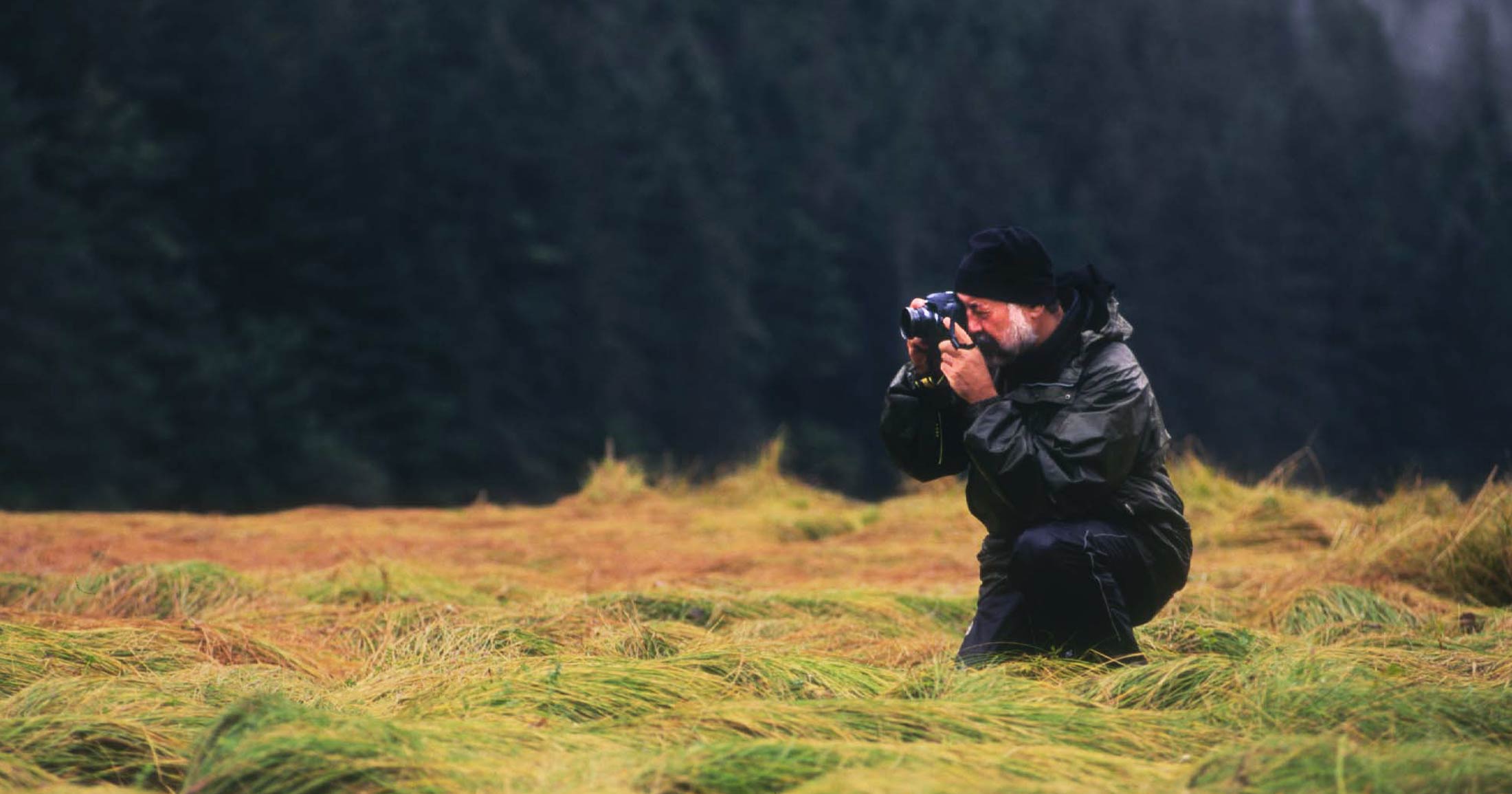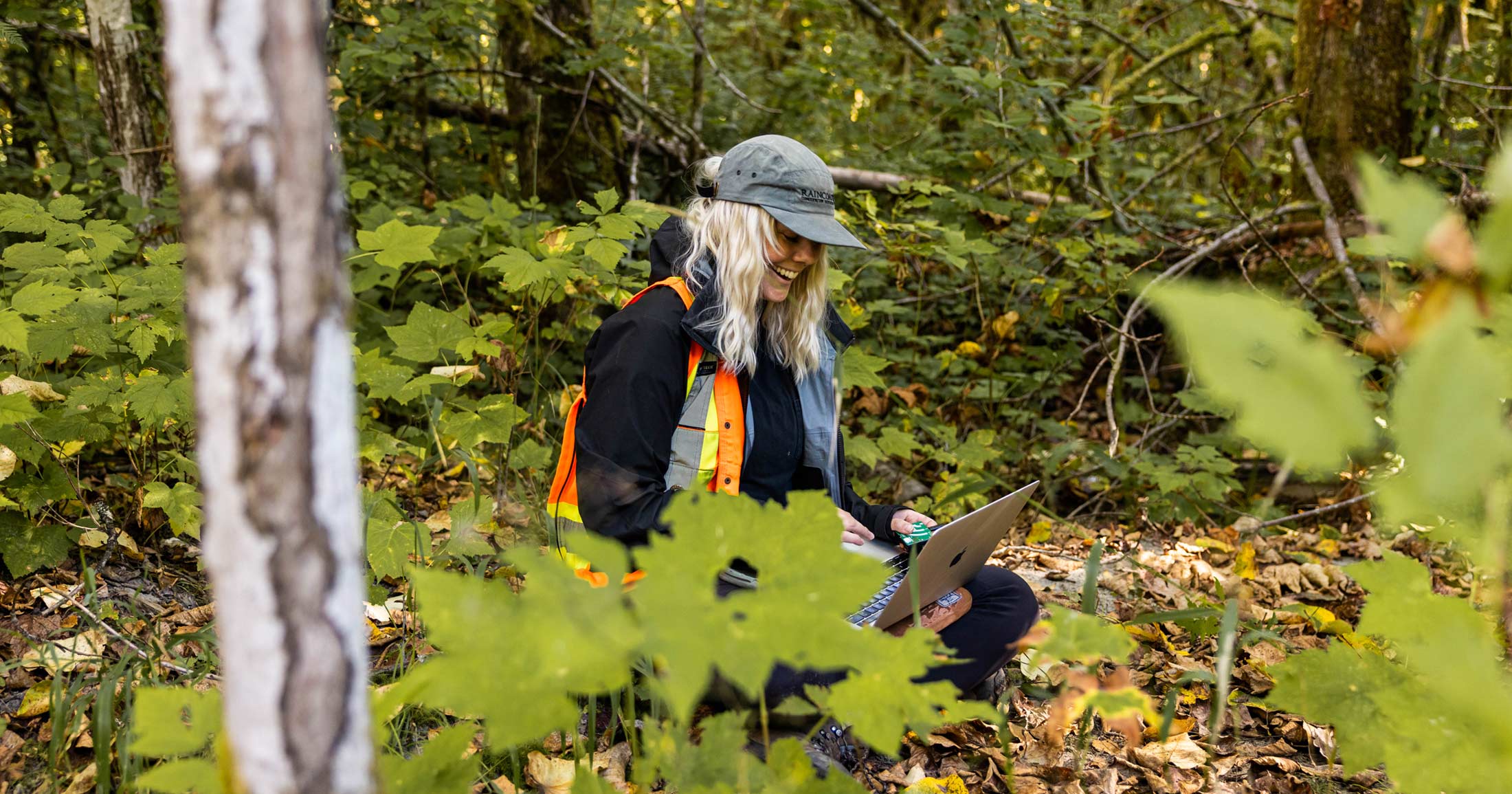The Fraser River estuary is fragmented by structures that alter the flow of water
The Raincoast Conservation Foundation plan over the next five years is to create openings in several of these man-made barriers that are preventing the movement of juvenile salmon into the estuary habitats they once occupied.
Just weeks after construction on the Steveston Jetty, dozens of young chinook and chum salmon were funnelled into our research nets in the Fraser estuary. It’s unusual to have such immediate results on a restoration project, and we were delighted.
The first phase in Raincoast’s five-year restoration project in the Fraser estuary was making breaches in the Steveston jetty to allow young salmon access to Sturgeon Bank, a safe, marshy habitat that gives them an easier transition from river to ocean. Before the breaches, if the young salmon missed the one small existing exit, they would be led into the Strait of Georgia which, as a young salmon, doesn’t have ideal conditions to rear and feed.
[video_embed]
[/video_embed]
“Doing this kind of project is great because you can facilitate salmon access into good habitat that already exists,” said Dave Scott, Raincoast’s Lower Fraser Salmon Program Coordinator.
Now young salmon have a higher chance of survival, including Chinook, the primary prey of Southern Resident killer whales. The positive effects of this project go beyond the Fraser River and will be beneficial for the Salish Sea as well.
You can help
Raincoast’s in-house scientists, collaborating graduate students, postdoctoral fellows, and professors make us unique among conservation groups. We work with First Nations, academic institutions, government, and other NGOs to build support and inform decisions that protect aquatic and terrestrial ecosystems, and the wildlife that depend on them. We conduct ethically applied, process-oriented, and hypothesis-driven research that has immediate and relevant utility for conservation deliberations and the collective body of scientific knowledge.
We investigate to understand coastal species and processes. We inform by bringing science to decision-makers and communities. We inspire action to protect wildlife and wildlife habitats.

